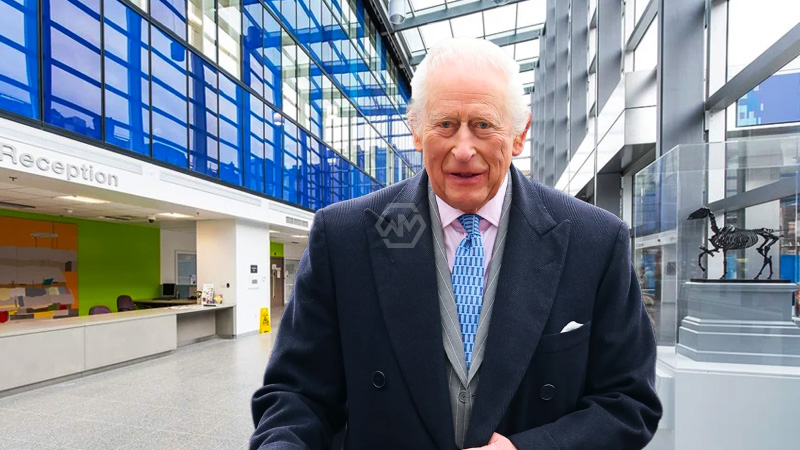- King Charles III was briefly hospitalized due to temporary side effects from cancer treatment.
- He was seen leaving Clarence House and traveling to Highgrove for the weekend.
- Despite health concerns, he continues to carry out state duties.
King Charles III departed from Clarence House on March 28, a day after being briefly hospitalized for observation due to side effects from his ongoing cancer treatment.
His departure for Highgrove reassured well-wishers gathered outside Clarence House. The 76-year-old monarch was seen waving from his car as he left London.
King Charles III Travels to Highgrove After Cancer Treatment
King Charles III was hospitalized for a short period on March 27 due to temporary side effects of his cancer treatment. While the palace did not disclose specifics, officials stated that his condition was stable, and he was discharged the same day. This marks another challenge in his ongoing health battle, which has been closely monitored by the public.
The king’s appearance outside Clarence House was seen as a reassuring gesture. Dressed formally and appearing in good spirits, he acknowledged well-wishers before departing. He is expected to spend the weekend at Highgrove, his Gloucestershire estate, where he often retreats for rest and private engagements.
Despite his health struggles, Charles remains engaged in his royal duties. He had attended a reception at Buckingham Palace and a plaque unveiling just before his hospitalization. His resilience underscores his commitment to fulfilling his responsibilities.
The British public continues to show support for the monarch, with many expressing admiration for his dedication. As he recovers, the royal family is adjusting his schedule to ensure he can manage his treatment while remaining active in his role.
King Charles III’s brief hospitalization highlights the challenges of his ongoing treatment, but his public appearance and departure for Highgrove suggest he remains steadfast in his duties.
“It serves as a reminder that the Head of State is still having cancer treatment more than a year after it started.”



